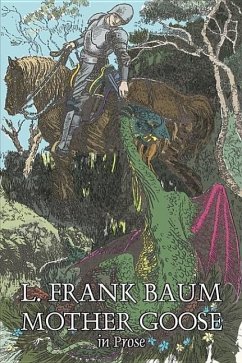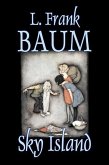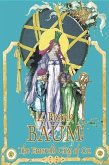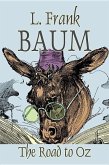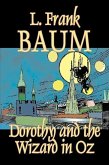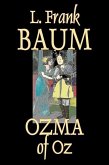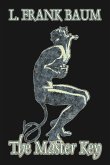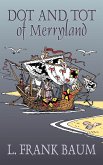The volume begins with an historical overview written by Baum himself, in which he notes that the first use of the name "Mother Goose" was by the great French author of fantasies, Charles Perrault -- the inventor of Sleeping Beauty, Little Red Riding Hood, Cinderella and Puss in Boots. Each tale begins with the nursery rhyme, and then a tale that illustrates the rhyme follows -- told in Baum's charming, natural fashion. Mother Goose in Prose is a delight for children of all ages. The book's last selection features a girl named Dorothy who can talk to animals - an anticipation of the Oz books. When Baum later included this story in his Juvenile Speaker (1910) and The Snuggle Tales (1916-17), he changed the girl's name to Doris, to avoid confusing her with Dorothy Gale.
Hinweis: Dieser Artikel kann nur an eine deutsche Lieferadresse ausgeliefert werden.
Hinweis: Dieser Artikel kann nur an eine deutsche Lieferadresse ausgeliefert werden.

